Thank you for your service
Before we started naming ships after faceless bureaucrats and political cronies, the most-honored name in the U.S. fleet was Enterprise.
The reputation that launched a dozen starships was earned here on earth, during World War II, by CV-6, the "Lucky E". Here are some moments from Enterprise's war:
Launching Torpedo Bombers at Midway (eight did not return)
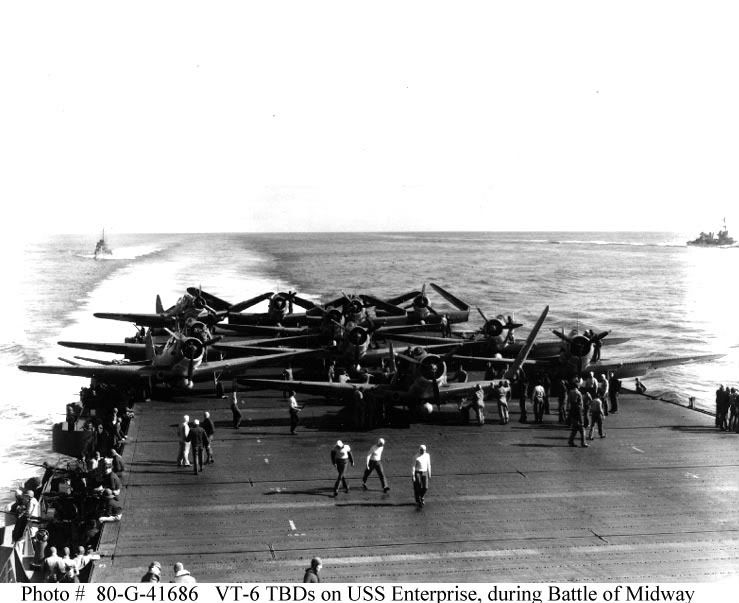
A direct bomb hit in the Battle of the Eastern Solomons did not kill the photographer, as originally reported, but did blow a ten foot hole in the flight deck:
Manageable
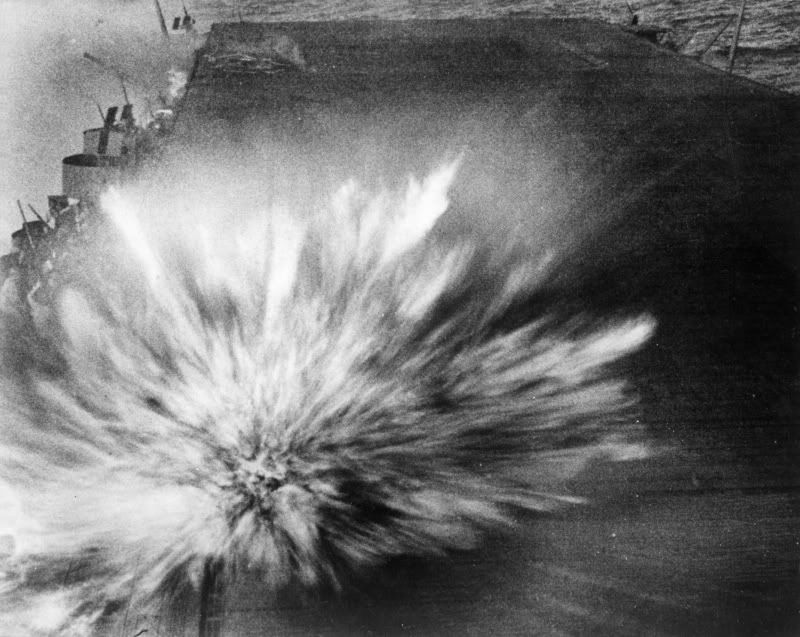
Hornet (CV-8) was sunk at the Battle of the Santa Cruz Islands, but Enterprise survived this near miss:
Lucky E
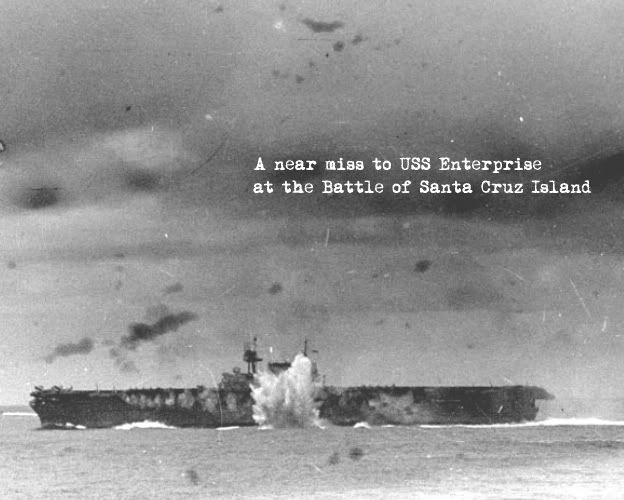
Enterprise was the only U.S. carrier operating in the Pacific from late October 1942 until May 1943, when she returned to the U.S. for a refit, and a Presidential Unit Citation. This was what a day at the office looked like in those days. The crew posted a sign on the flight deck that read: "Enterprise vs Japan".
With the arrival of the Essex class carriers in 1943, the Pacific War took on a new tone, with the refurbished Enterprise rapidly joined by a cast of dozens (total carriers built during the war: US - 141 Japan - 17).
The ship and her brave and experienced crew remained in the thick of the action until she was finally damaged seriously enough, at Leyte, to require a trip for repairs to the Puget Sound Navy Yard, where she lay on VJ-Day.
Kamikaze hit at Leyte - blew the forward elevator 400 feet in the air
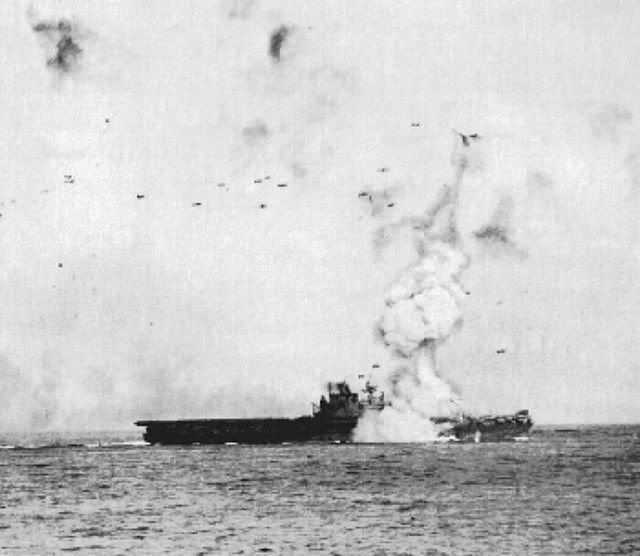
Enterprise participated in more major sea battles than any other U.S. aircraft carrier of World War II, and was awarded 20 battle stars. The Japanese announced they had sunk her three times.
So, when the U.S. Navy decided to revive the name in 1961, for the first nuclear-powered aircraft carrier, the new ship had big shoes to fill. The only ship in her class, she was designed for a useful life of 25 years. She's now served 50.
The Atomic Badass class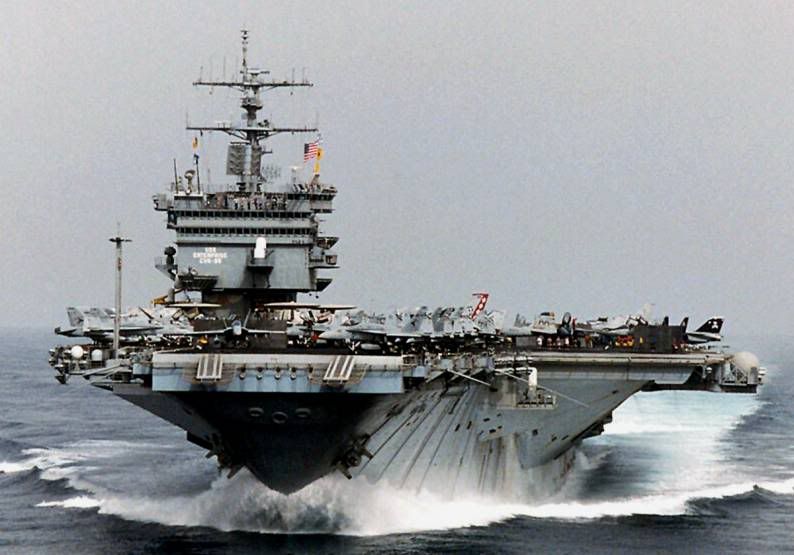

On Sunday, the USS Enterprise - CVN-65 - will begin her final tour of duty, participating in operations in the Middle East. Upon her return she will be retired, to be replaced by CVN-78, the USS Gerald R. Ford (not America). CVN-79 will be the USS John F. Kennedy. CVN-80 is not yet named. I know what name I'd give her, but wonder if they will choose USS Thad Cochrane instead.
The Navy has 11 aircraft carriers and plans to maintain that force strength for the next fifty years or so. Once, in a dark time long ago, there was only one. Her name was Enterprise.


2 Comments:
Problem?
This reminds me- if I can get funding, I'd like to write a scholarly treatise on the aesthetics of explosions.
Post a Comment
<< Home